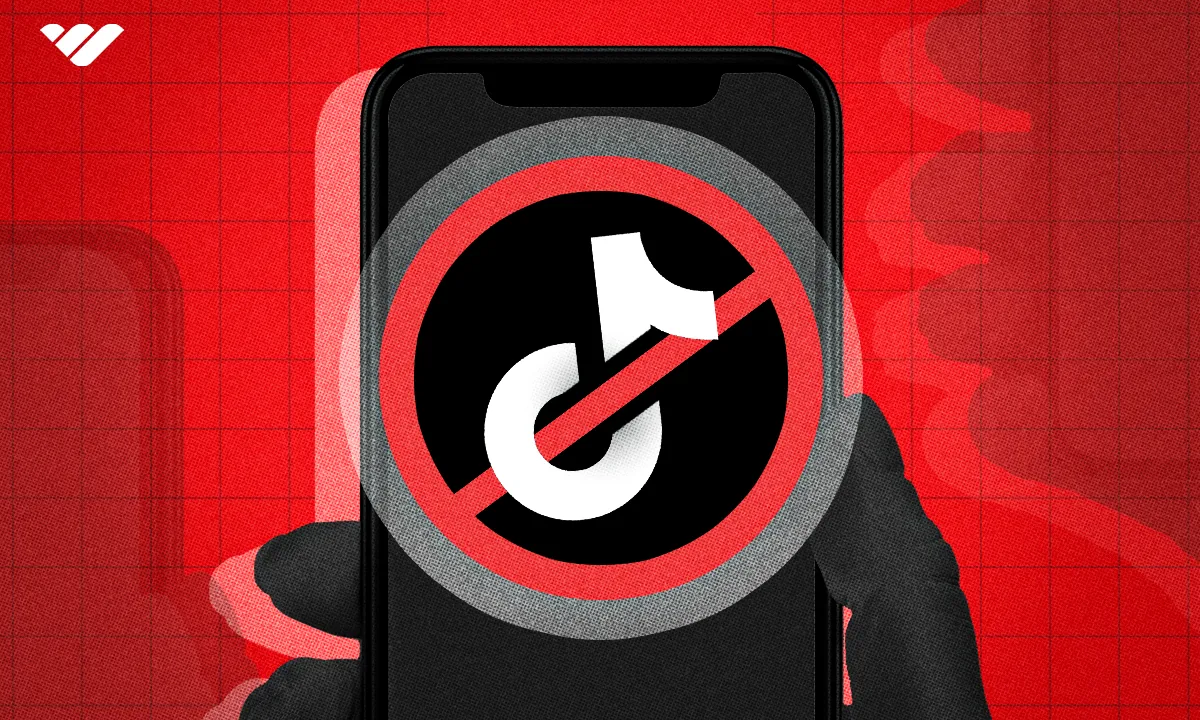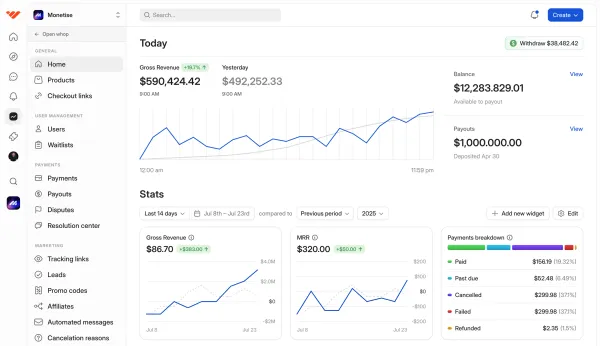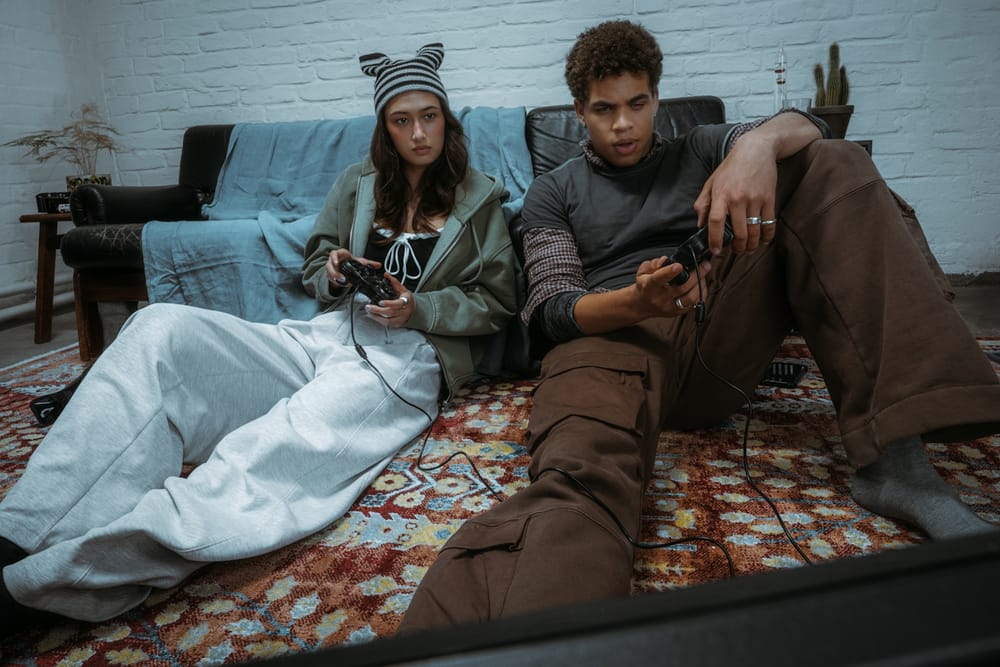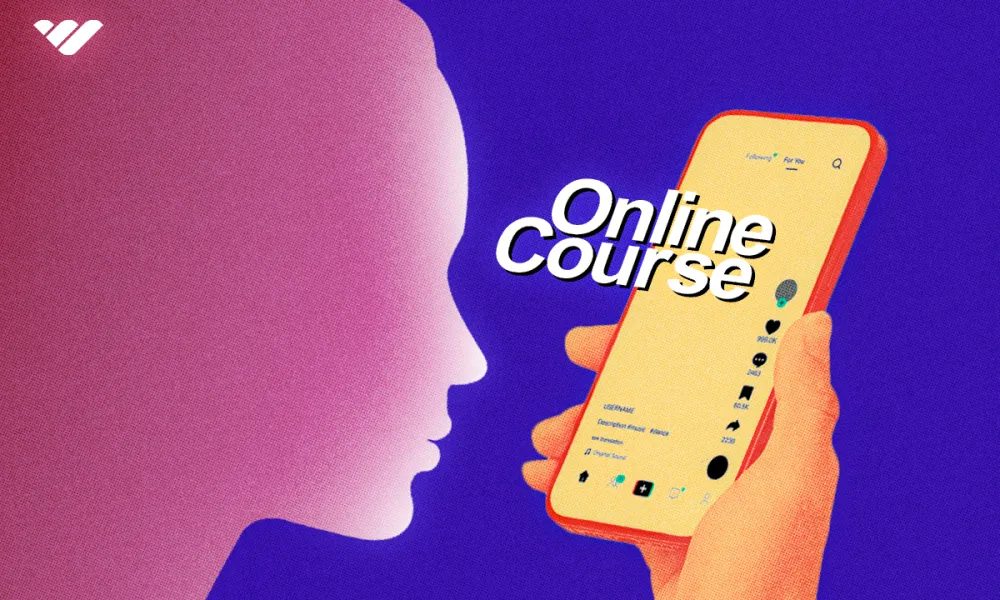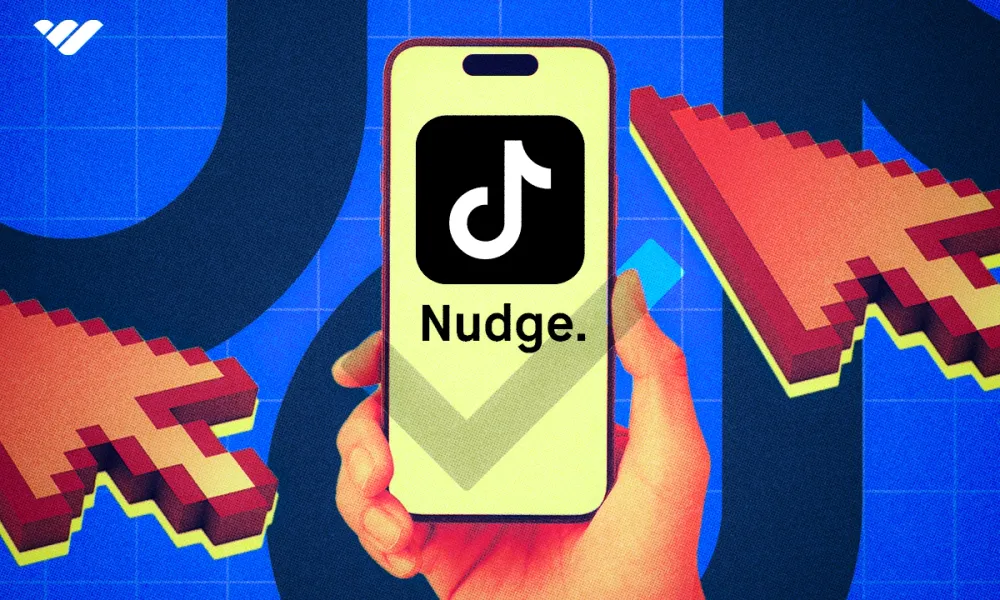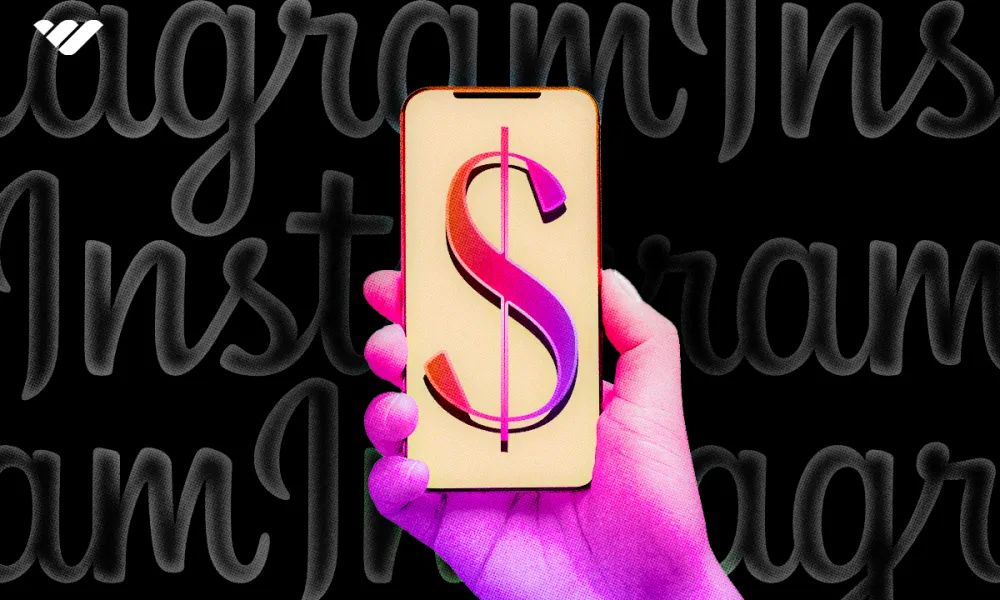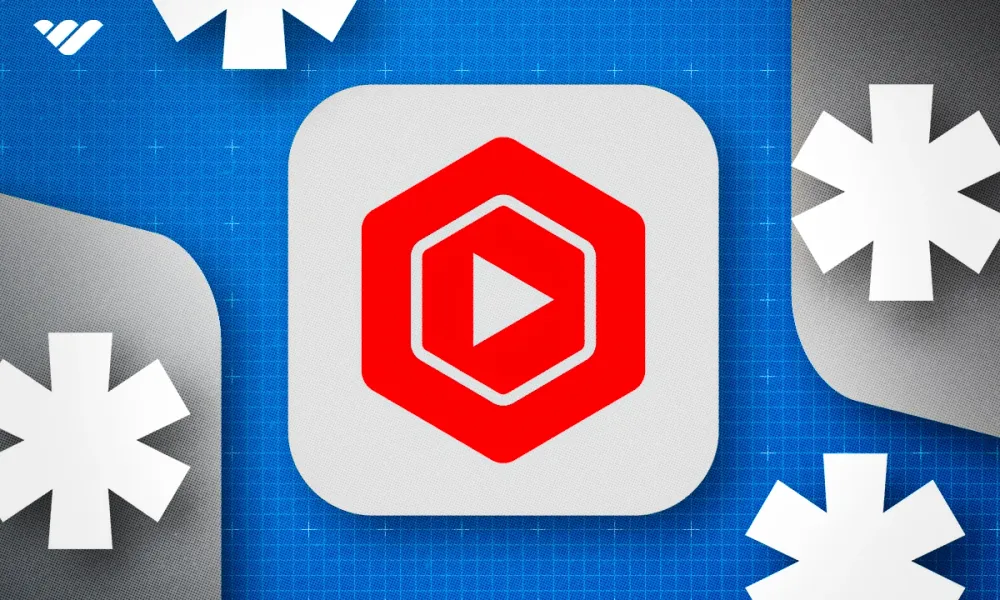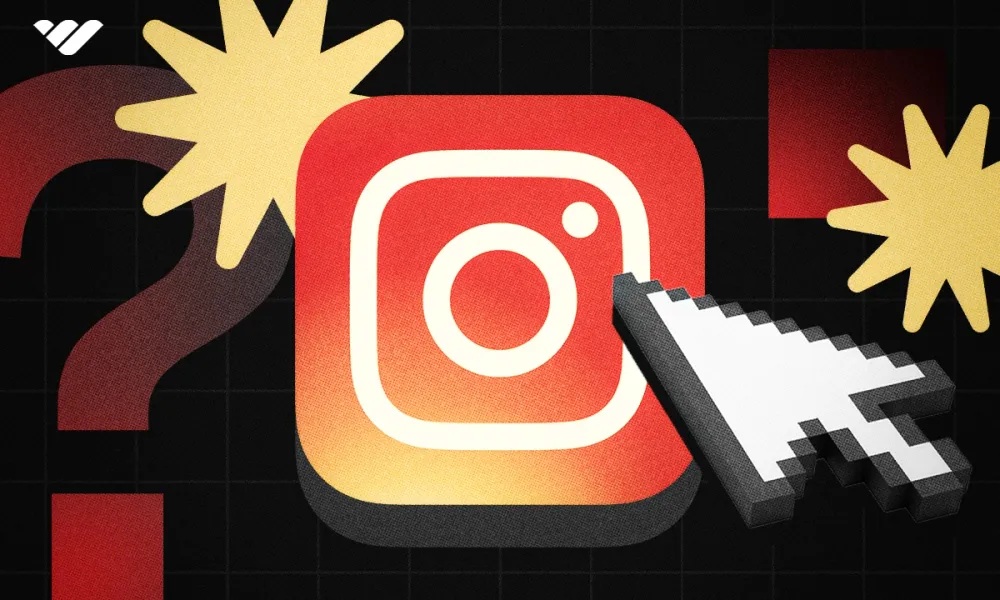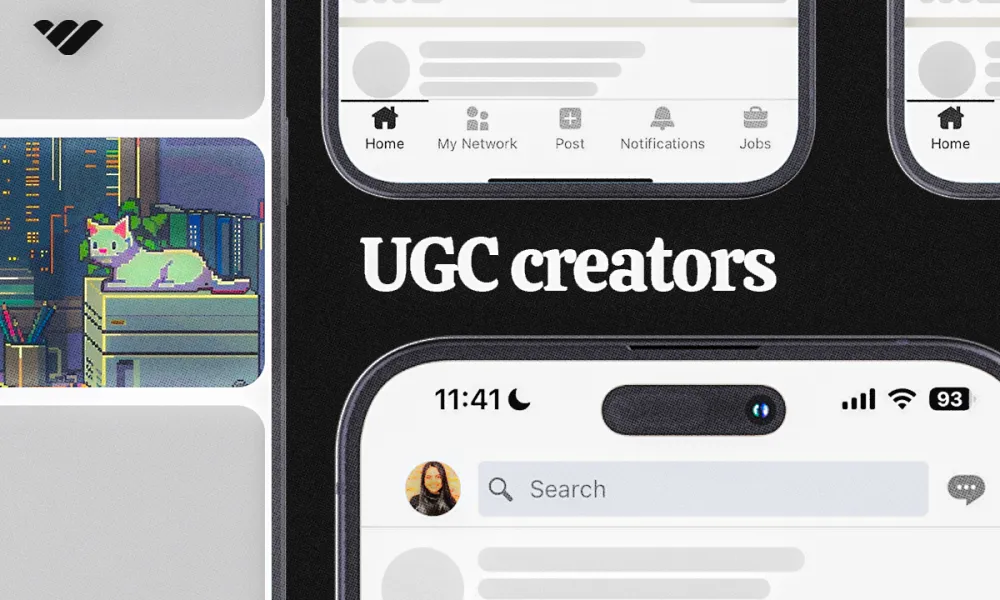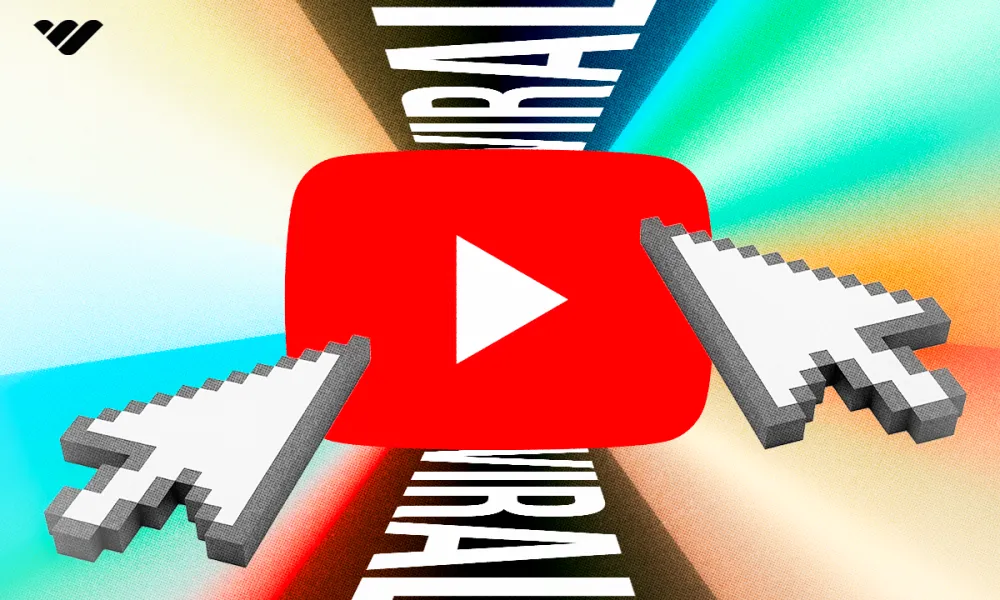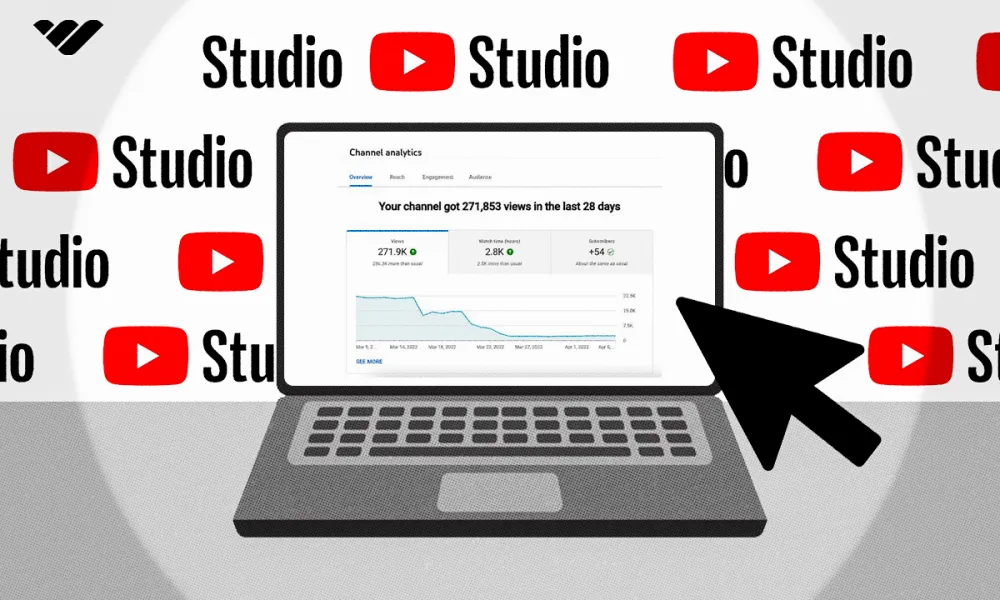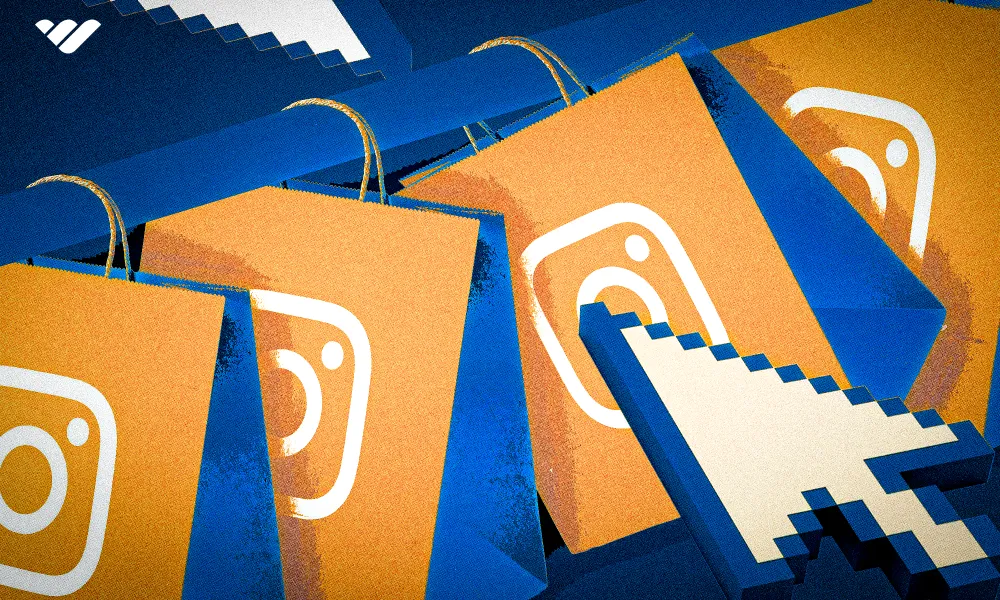TikTok was banned and creators spun into a frenzy. Now the app is back - but for how long?
Key takeaways
- TikTok was banned for 24 hours then reinstated with a 75-day extension deadline.
- ByteDance has shown no interest in divesting TikTok despite ongoing legal requirements.
- TikTok creators earn $750-$1,000 per million views versus $75-$100 on Instagram Reels.
- TikTok Shop generated $17.5 billion in U.S. commerce sales during 2024.
- RedNote emerged as TikTok's main alternative but faces strict moderation issues.
On January 19th we said goodbye to TikTok.
Then, less than 24 hours later, we were welcoming TikTok back with open arms.
Here's everything you need to know about the TikTok ban, reinstatement, and what this means for you as a content creator.
The short-lived TikTok ban
The question of whether TikTok would get banned was highly debated in the run-up to January 19th. The world finally got their answer from the U.S. Supreme Court on January 17 when they upheld the decision, paving the way for the ban to go into effect on January 19.
Then, on Saturday night, just hours before the deadline, TikTok users started reporting being shut out of the app, and TikTokkers were met with the following screen:

After the dramatic end to TikTok in the US, creators were sent spiralling as they tried to figure out their next steps.
Why and how did the TikTok ban end?
To everyone's surprise, the app was reinstated less than 24 hours later.

TikTok CEO Shou Zi Chew publicly thanked President Donald Trump “for his commitment to work with us to find a solution that keeps TikTok available in the United States.”
Trump extended the deadline for ByteDance to divest by 75 days. That gives U.S.-based investors time to potentially buy it, paving the way for TikTok’s return.
But so far, ByteDance—the parent company of TikTok—has expressed no interest in divesting its TikTok holdings, which would be necessary for the app to maintain its status in the United States.
For now, the ban went into effect and was reversed, However, this is not a permanent solution. Unless there’s further government action, TikTok creators find themselves in a precarious position: They need a new home on the Internet, and time is running out.
In this post, we’ll speculate on where TikTok may be headed from here, and highlight the fallout with TikTok creators.
TikTok update: what changes after today?
On the surface, nothing.
Over the weekend, President Trump signaled he might issue a 90-day delay to give U.S. companies more time to purchase TikTok from ByteDance. Shortly after, President Trump signed an executive order granting TikTok a 75-day extension to comply with the law that requires a sale or ban of TikTok.
As a result, TikTok was restored, and content creators resumed their regular programming.
Still, with 170 million TikTok users in the U.S., that leaves many people wondering whether the restoration of TikTok will ultimately remain final-final, and what will happen at the end of this 75 day period.
Recapping the timeline of the TikTok ban—and how we got here
There’s been fair warning about a potential ban for years.
In Is TikTok getting banned?, we highlighted how things were looking in the weeks leading up to today. At that point, we already knew that the U.S. government’s new rules would require ByteDance to divest its TikTok holdings in the U.S.
We can trace the issues with TikTok back a few years.
One early catalyst was President Trump's attempt to force a sale of TikTok in August 2020, which stirred up the waters. In 2024, President Biden signed a wide-ranging bipartisan bill that, while containing foreign aid, also gave ByteDance 270 days to sell TikTok.
At this point, the clock officially began ticking.
The bill helped outline any potential consequences for ByteDance: if they didn’t divest out of TikTok, it would be banned from app stores in the U.S. and from any Internet hosting services that supported its continued existence.
In so many words, ByteDance didn’t want to comply—and all signals suggested they didn’t want to—then the app would face a nationwide ban. For U.S. citizens, that would mean not seeing TikTok in your app store.
And though the thought was that the app might not disappear from your phone overnight, users across the U.S. weren’t able to access it on January 18th.
One thing is clear: A ban means that without divestment from ByteDance or any further action, its days are numbered in the United States.
TikTok and ByteDance sued the U.S. over this ban. The FTC and DOJ responded with countersuits in August 2024.
Eventually, these lawsuits moved up to the U.S. Federal appeals court, which upheld the ban. Any further appeals would have to be taken up by SCOTUS, the U.S. Supreme Court.
That’s where we were just a few weeks ago: waiting to hear what the Supreme Court would say. In December, Donald Trump asked the Supreme Court for a pause in the ban, which pushed the timeline to late January.
And here we are. After this point, there are no more appeals. The decision is final, and though TikTok is back, it is once again on a countdown to comply with the law.
However, January 17th’s news points to two possibilities that could leave more doubt about TikTok’s fate in the U.S.:
- Lack of enforcement. Many of the ban’s effects are targeted at selling and distributing the app—not necessarily using the app. Before Saturday, the thought was that it might still be easy to access the app in the U.S. for a while, though that position stands on uncertain ground now.
- New executive orders or legislation. While the idea of the Supreme Court ruling on TikTok sounds like a long-lasting decision, keep in mind that Congress and the President still have the power to change policy on ByteDance. However, creators might want to be hesitant about relying on a policy turnaround rather than making preparations for life after TikTok.
So while the SCOTUS can render a final decision on upholding a ban in place, there’s no reason the government can’t also change its policy on what’s happening at ByteDance.
What the TikTok ban is going to look like for creators
Suits. Countersuits. Bans. Appeals.
It’s a lot of legal mudslinging, and the unfortunate thing is that U.S.-based TikTok creators are getting caught in between.
Let’s zoom in to see how some creators—with both massive and smaller followings—have been reacting to the news.
How creators are reacting to a ban
“Lost a 8500 brand deal to the tiktok ban just now,” tweeted Oren John, a creator on TikTok, adding in the replies: “It’s never real until you lose money lol.”
But that’s how it looks for creators, many of whom feel blindsided.
Even though the ban has been a potentiality for what feels like years, the appeals also left TikTok’s U.S. fate largely up in the air.
There are some glimmers of hope among creators who are moving off-platform. TikTok may be the end of one medium, but it’s not the end of social media.
Another creator, Hylian Jay, started moving videos from TikTok for a migration to YouTube. “And they’re…doing pretty well?” Tweeted Hylian Jay. “Like better than my streams do.”
The effects are similar for larger accounts. For example, the Washington Post—having gained a 2-million following on the platform—was aware of the upcoming ban and started working hard to diversify its video presence onto new platforms like Instagram Reels, YouTube Shorts, and Snapchat.
The Post’s strategy was unique: as it covered what was happening with the TikTok ban, it would also remind users to find the Washington Post on other platforms. As the deadline approached, the messaging became more urgent.
Coupled with a rebranding from the Washington Post TikTok team to the Washington Post Universe, the idea still lives: engaging new users with the Washington Post’s content in short-form video. In whichever medium.
However, over on LinkedIn, James Shotwell highlighted that simply moving platforms might not be enough for smaller creators who are used to making good money on TikTok.
“I’ve tried to stay optimistic through this ordeal, but it’s time to speak up about the reality facing hundreds of thousands—if not millions—of creators,” wrote Shotwell. “If you earn money on TikTok, no other platform can replace your income immediately. Here’s why: 1 million views on TikTok = $750–$1,000 (roughly). 1 million views on IG Reels = $75–$100 (roughly).”
“Read that again,” continued Shotwell. “Now imagine the sheer amount of content a creator would have to produce on Instagram just to match their TikTok earnings. Imagine every creator trying to churn out that much content daily. The result? Lower-quality content and lower engagement.”
It’s a lot to ask of people who have spent a lot of time learning TikTok, figuring out the algorithm, and connecting with an audience. And for many of these influencers, TikTok has been their first experience with social media.
While having an active and engaged video audience on multiple platforms is a good idea, creators are feeling the TikTok ban in their pocketbooks as well. And while the views might remain consistent, it’s difficult to say the same about the ad revenue.
Individual creator results may vary. But it’s clear that any creator who largely depended on TikTok for income is going to have to scramble for a while—even with plenty of advanced knowledge that a ban might be in the works.
The cascading effect of the TikTok ban
For a while, the good news was that TikTok is back - for now.
That leaves creators some potential runway…if they’re looking to get their hopes up.
There's still time to diversify their audiences, download old videos, and migrate to other platforms.
Are there more reasons to worry?
There’s been plenty of time to prepare. But you can’t exactly hop in a time machine and change how you spent the last few months. However, you can start preparing again now.
What should you do if TikTok is still your primary platform?
For starters, you need to look for a new source of revenue. Oren John's posting about losing an $8,500 sponsor due to the TikTok ban is bound to be one story among many.
In our previous piece, we highlighted how TikTok Shop has been an enormous source of revenue for creators. The estimated U.S. commerce sales on the platform were $17.5 billion in 2024.
Even more worrying for creators: the TikTok Shop purchases largely came from existing TikTok customers. As TikTok users move to other platforms, the well is going to dry up.
Ditto for TikTok influencers who have spent so much time getting their TikTok Live skills up to par.
It’s the same problem Shotwell pointed out: it’s not just views that will go away, but for many creators, revenue-per-view. Even if a TikTok creator were to capture 100% of their audience and move them over to a new source of revenue, the money might not be the same.
This leaves creators with an enduring challenge: finding new ways to host their audience and properly monetize it.
Finding the best platform to call “home”
It seems like the most obvious option: why not have every TikTok influencer move to a similar platform?
To that end, a Chinese app called RedNote has been one of the top alternatives for many. The app’s Chinese origin has the added advantage of being a “stick-it-to-the-lawmakers” message thanks to the fact that it isn’t hosted in the United States.
But RedNote has had problems. Users are finding the RedNote rules too obtrusive, and some celebrities—like Bethenny Frankel—have been either penalized or kicked off the platform wholesale.
As TechCrunch noted, issues like TikTok watermarks, sharing screenshots of account suspension notices, and other behaviors land users in trouble quickly. One TikTok user saw their account frozen after one post:
An innocent picture of cinnamon rolls.
Finding respite with a Whop community
Clearly, a quick migration to another TikTok-like platform is already out of the question. Simply adding a TikTok link and expecting a TikTok clone to handle everything won’t work, especially if creators can’t access the original app.
That leaves users searching for new styles of building their audience.
For some, the TikTok experience is leaving an unpleasant aftertaste. Having one platform make all the decisions—and relying on that platform for big-time sponsorships—has proven to be a fleeting experience.
On the other hand, building an online community might be the remedy. At Whop, for example, the platform offers new respite for creators who want the engagement they saw on TikTok but never felt like they’d developed a true community.
The community approach might be the antidote for the quick fame possible on TikTok. It dates back to marketer Kevin Kelly’s notion that a creator really only needs “1,000 true fans” if those fans feel engaged and dedicated enough.
Platforms like Whop make it possible to monetize a community and build a community of support that has more staying power than other platforms. The idea is to create a “home base” of support where creators can rely on consistent engagement, consistent income, and a consistent community.
With Whop you create your own whop, which is a hub for your followers. The good news is that you can design your whop however you like. Want a place for your audience to chat? Just add the chat app. Want to share video content? Use the files app or the courses app. Need a place to share blog posts? Add the content app.
Whatever you want to share with your followers, you can do it all in one place with Whop. Plus, you can monetize your content by selling memberships or digital products like ebooks, courses, masterminds, coaching, and more.
Don't wait for another ban - start securing your audience today
It feels like the TikTok ban has been a Sword of Damocles hanging above the heads of creators for some time now.
But the good news is there’s more certainty in the market. Creators know what kind of work they have to do: invest their energy into more sustainable platforms and strategies that are likely to maintain a community of engaged followers no matter where the creators go.
Keep in mind: this whole saga just goes to show how dangerous it can be to rely on just one platform. Creators need more ownership over their following so that when policy changes unfold, their livelihoods aren’t at risk.
Sign up with Whop and start building your off-TikTok community today.

